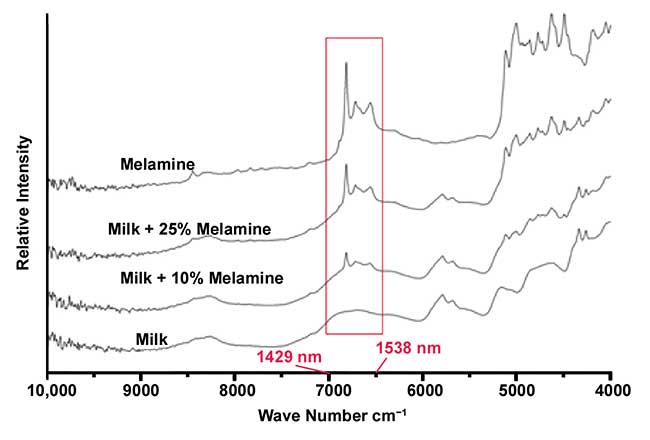Spectrometers in smartphones hold promise for pathogen identification, food testing and blood glucose monitoring. Yet research-grade spectrometers still deliver superior range and resolution.
 This June will mark the 10-year anniversary of the release of Apple’s iPhone. It did not take long for this mobile operating system to earn its reputation as a disruptive innovation, with that disruption being most palpable in the digital-camera market. While worldwide shipments of digital still cameras with built-in lenses peaked in 2008 — one year after the iPhone’s launch — at 110 million, they have been rapidly declining since then, plummeting to 23.3 million in 2015, according to the Camera and Imaging Products Association in Japan.
Headlines have screamed about smartphones “slowly killing the camera industry1” and how camera makers’ “hope lies in pricey devices for the few2.” Now, with the introduction of several smartphone plug-in and add-on devices that rely on light to determine the chemical makeup of materials, the iPhone is positioned to disrupt another market: spectrometers.
“Potentially, spectrometers in smartphones can replace traditional diagnostic devices in areas where accuracy is less important and only warning signs are required. Generally speaking, a handheld spectrometer is not a substitute for a lab-grade one,” said Dror Sharon, CEO and co-founder of Tel Aviv, Israel-based Consumer Physics, maker of the iPhone- and Android-compatible handheld SCiO* near-infrared (NIR) spectrometer, which can, among other things, detect the nutrient and caloric content of food products and the presence of contaminants in them. “However, we can already see that with the advent of accessories, there is a possibility to re-create some of the measurement conditions and thus replace some of the lab-grade tests.”
This June will mark the 10-year anniversary of the release of Apple’s iPhone. It did not take long for this mobile operating system to earn its reputation as a disruptive innovation, with that disruption being most palpable in the digital-camera market. While worldwide shipments of digital still cameras with built-in lenses peaked in 2008 — one year after the iPhone’s launch — at 110 million, they have been rapidly declining since then, plummeting to 23.3 million in 2015, according to the Camera and Imaging Products Association in Japan.
Headlines have screamed about smartphones “slowly killing the camera industry1” and how camera makers’ “hope lies in pricey devices for the few2.” Now, with the introduction of several smartphone plug-in and add-on devices that rely on light to determine the chemical makeup of materials, the iPhone is positioned to disrupt another market: spectrometers.
“Potentially, spectrometers in smartphones can replace traditional diagnostic devices in areas where accuracy is less important and only warning signs are required. Generally speaking, a handheld spectrometer is not a substitute for a lab-grade one,” said Dror Sharon, CEO and co-founder of Tel Aviv, Israel-based Consumer Physics, maker of the iPhone- and Android-compatible handheld SCiO* near-infrared (NIR) spectrometer, which can, among other things, detect the nutrient and caloric content of food products and the presence of contaminants in them. “However, we can already see that with the advent of accessories, there is a possibility to re-create some of the measurement conditions and thus replace some of the lab-grade tests.”
Member Exclusive: To read the complete article, please Login or Register